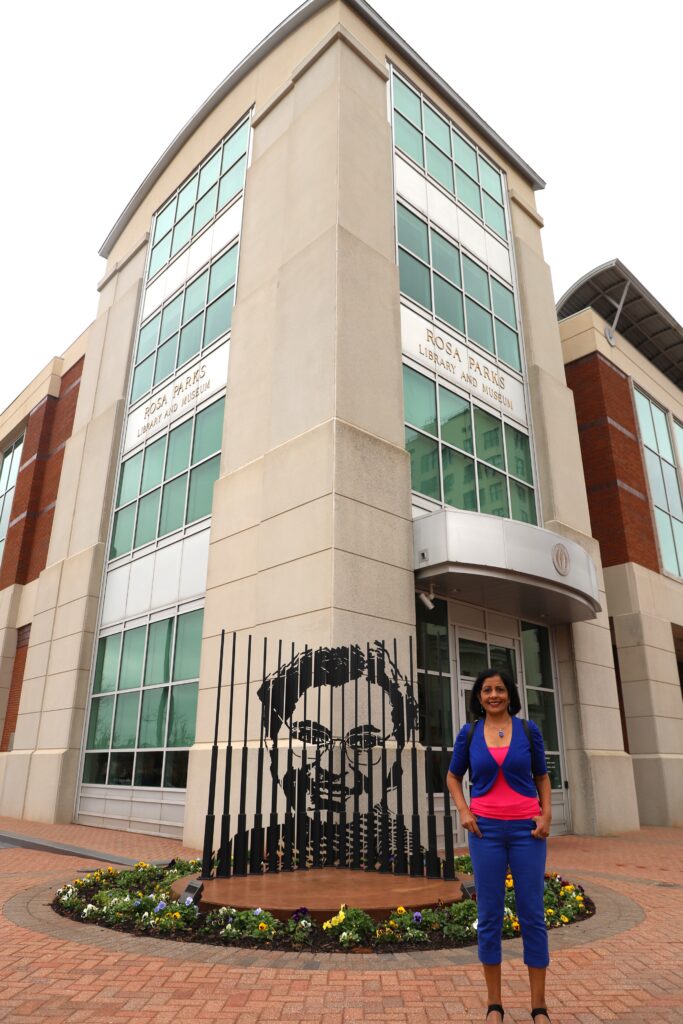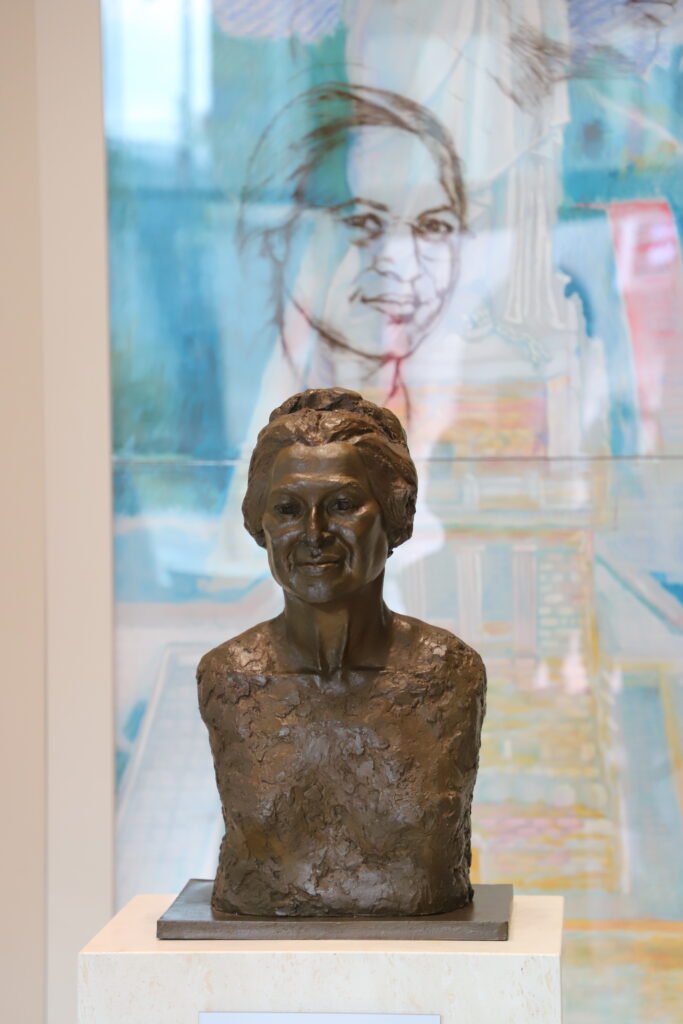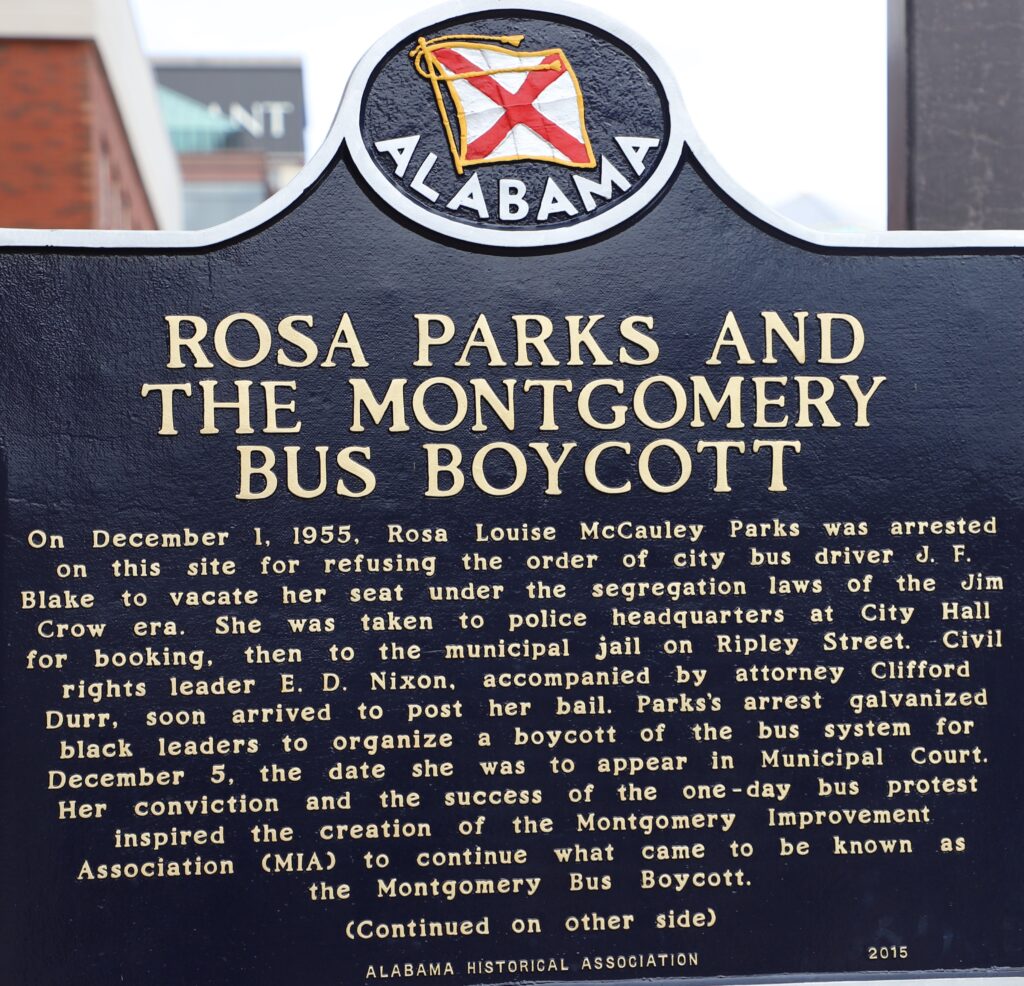Here are some of the highlights of our visit to Montgomery, the capital city of Alabama.
- Alabama Capital Building in Montgomery
- Civil Rights Memorial
- Rosa Parks Library and Museum
Alabama Capital Building in Montgomery – The current capital building was completed in 1851, and additional wings were added over the course of the following 140 years. it was declared a National Historic Landmark on December 19, 1960. Unlike every other state capitol, the Alabama Legislature does not meet here, but at the Alabama State House which is a 1 minute walk across the road. The Capitol has the governor’s office and otherwise functions as a museum.
U.S. Civil Rights Trail – In the spring of 1965 the Selma to Montgomery March for voting rights culminated at the capitol steps. Dr. Martin Luther King, Jr. made one of his greatest speeches to an estimated 25,000 people. The Alabama State Capitol is now recognized as an official destination on the trail along with more than 100 locations across 14 states.

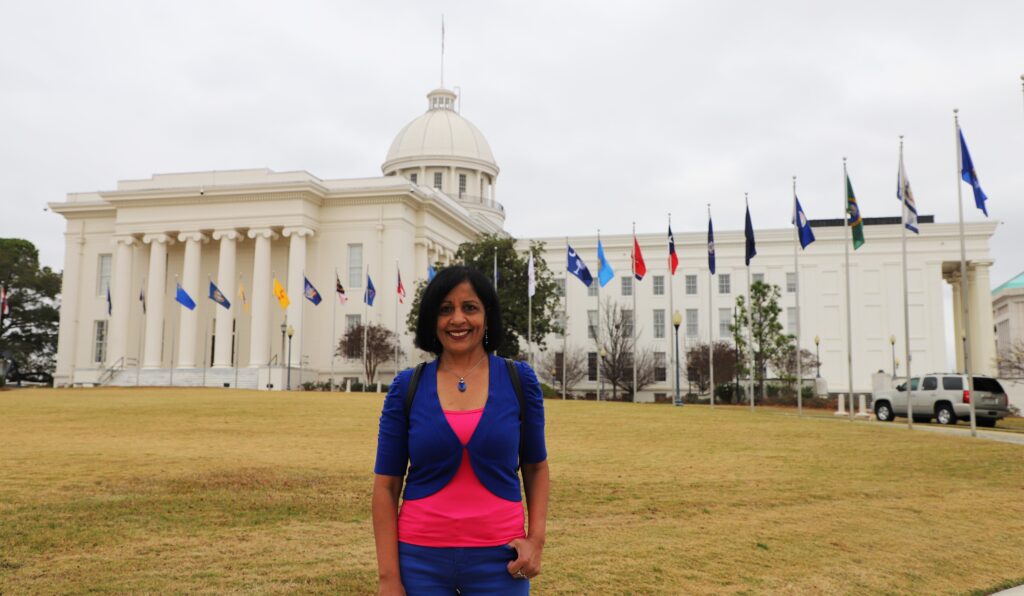
Capital Building, Dome Interior – The interior of the Capitol building is centered on the axial rotunda, which is topped by a large dome. The dome interior is decorated with 8 painted murals by Roderick Mackenzie, a Scottish-born artist. It depicts the history of Alabama as interpreted by Mackenzie.


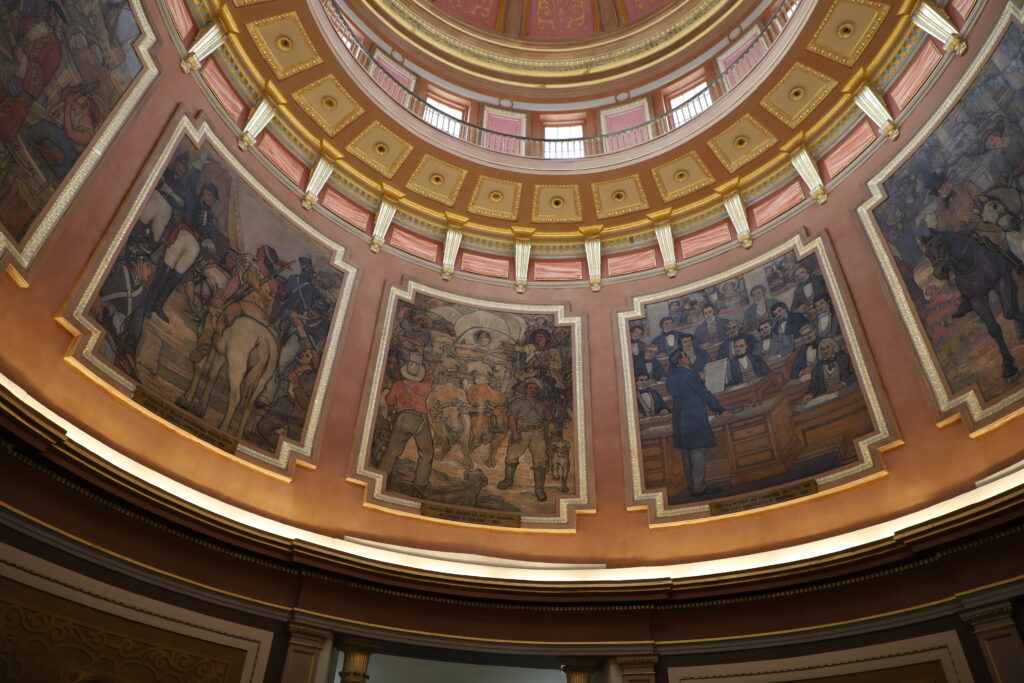
Capital Building, Former House and Senate chambers – The former Senate and House chambers, along with other historically significant areas like the Old Supreme Court Chamber and Library, are accessible to the public as part of the Capitol building’s function as a museum.
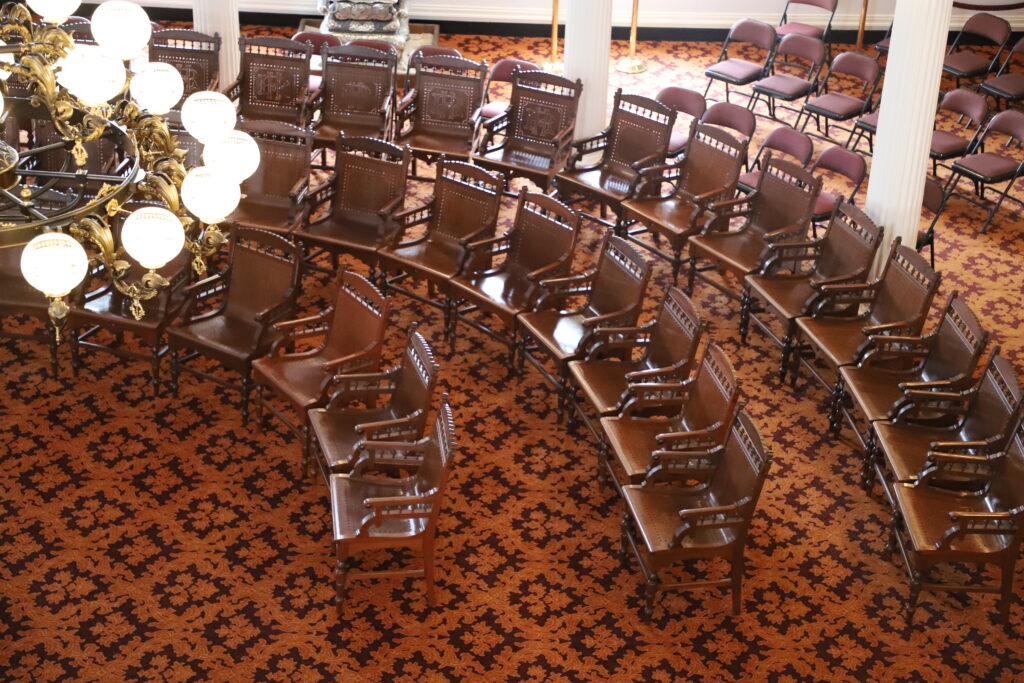
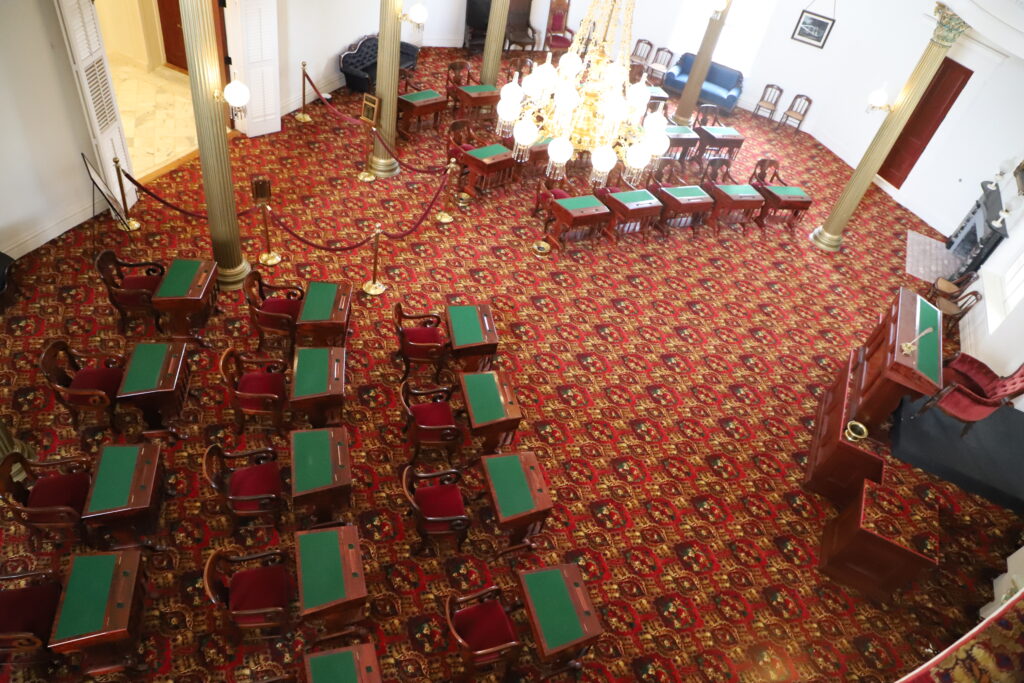
Alabama State House – Opened in 1963, this state government building (within walking distance of the Alabama Capital building), houses several state agencies, most notably the Alabama Legislature, which comprises the Alabama Senate and the Alabama House of Representative.

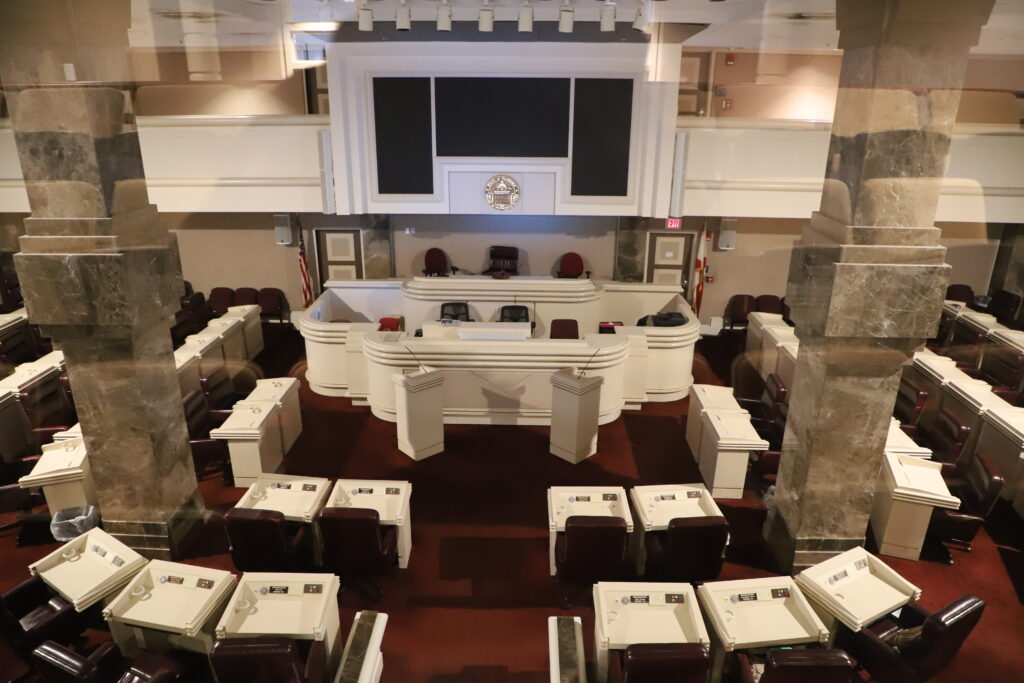
Civil Rights Memorial – Created by Vietnam Memorial architect Maya Lin in 1989, the memorial sits adjacent to the Civil Rights Memorial Center, sponsored by the Southern Poverty Law Center. Visitors are encouraged to touch the engraved names of the those who lost their lives in the fight for civil rights. The passage from Dr. Martin Luther King, Jr.’s, I have a dream speech, in which he quotes from the book of Amos – We are not satisfied, and we will not be satisfied until justice rolls down like waters, and righteousness like a mighty stream – is chiseled into the Black granite of the Civil Rights Memorial, a moving tribute to those who died in the civil rights struggle between 1954 and 1968.
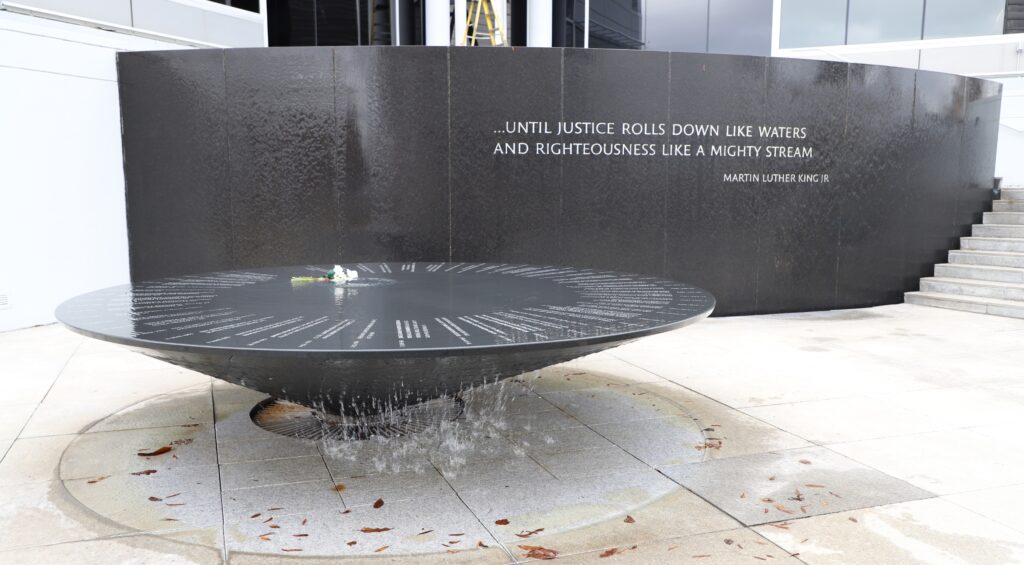
Rosa Parks Library and Museum – This library and museum is located in downtown Montgomery, near the site of her arrest after her bold and historic stand against segregation. Exhibits in the museum include a 1955 Montgomery city bus and one of the station wagons used by the boycotters during their movement to end segregation on public transportation. Other exhibits include photographs, court documents, and Rosa’s original fingerprint record from her arrest.
